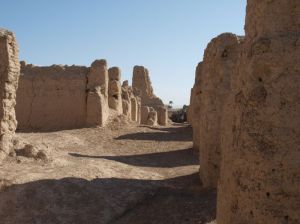
Reading about forum participation as a component of on-line learning
I’ve participated in two MOOCs so far, one through Coursera and one through FutureLearn. One difference between the two platforms is the use of Forums.
In the Coursera course on Statistics, the forum is presented as an add-on, a tool that was available to students who wished to interact with other students, discuss concepts raised, offer feedback on the course and, especially, seek help with the weekly assignments that were the main form of assessment during the course.
Continue reading →








